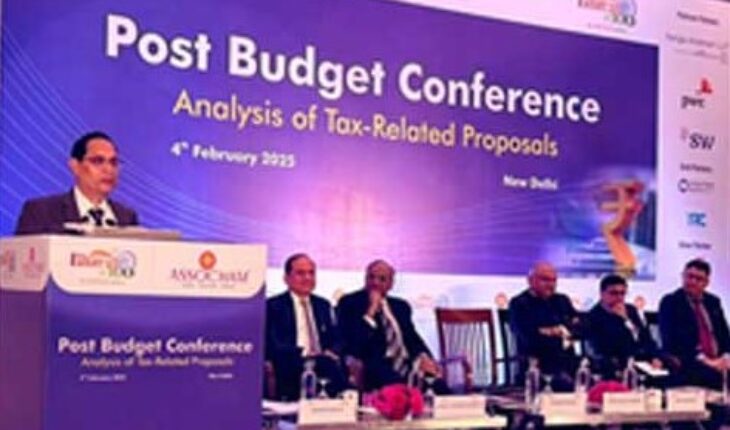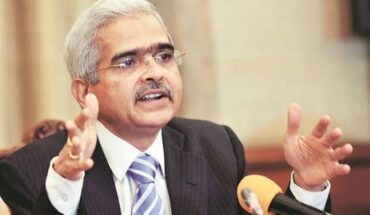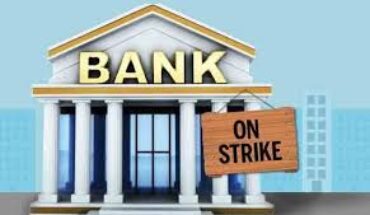Featured in Part A of the Budget for first time
New Delhi : Taxation reforms is a key feature of this budget, as it has an impact on what the rest of the economy does and for the first time is included in Part-A of the budget. Budget making is actually balancing different imperatives and never an exercise in segments. We had a 20-25 percent growth in personal income tax over the last three years. We don’t really gain loading taxes very much on the same taxpayers. We need to create a wider avenue for income generation and an environment of voluntary compliance. A high level of taxation is counterproductive, and we have taken the bold step of not increasing taxes. Our direction is clear, expand the tax base, expand the economy and the taxes will also flow.” Said Tuhin Kanta Pandey, Finance Secretary and Secretary, Department of Revenue, Ministry of Finance at ASSOCHAM Post Budget Conference.
“The Bharat Trade Net announced in the budget will connect all stakeholders and streamline the customs process and has the potential to be much more than UPI. It’s no longer a question of following standards; our concept of GST has no parallel in the world and we must take pride in what we all have achieved” he added.
Addressing the conference, Ravi Agrawal, Chairman, Central Board of Direct Taxes, (CBDT), Ministry of Finance said, “The approach of the Tax Department has changed over a period of time. The guiding philosophy is that it is not just about collecting taxes and that tax is basically a derivative of a part of the income, you generate income and then automatically taxes come. The amendments in the Direct Tax Act, change in the tax slabs and rebates has been approached with that perspective. Rationalising TDS, TCS provisions and decriminalizing those provisions, and the concept of updated returns contained in the budget are aimed at facilitating ease of doing business. We are adopting the prudent approach of being proactive, rule-based, user-friendly, database, data-driven, non-intrusive, enabling environment and technology-driven, transparent tax administration.”
Sanjay Kumar Agarwal, Chairman, Central Board of Indirect Taxes & Customs, (CBIC), Ministry of Finance, in his address said, “The customs duty rate rationalization has been conducted in respect of 8,500 tariff lines out of 12,500 tariff lines pertaining to industrial goods. Agriculture goods and textiles have not been touched due to their highly sensitive nature. These rates have remained unchanged for almost two decades and there is a perception that India has very high rates. Rates have been now rationalised to 20% which were between 70 to 20% and those which were above 70% have been brought down to 70%. Equivalent amount of EIDC has been imposed to keep the effective duty incidents at the same rate or slightly lower rate. So, that shock is absorbed gradually.”
Delivering the welcome address focused on ‘Analysis of Tax-Related Proposals.’ Mr Manish Singhal, Secretary General, ASSOCHAM, lauded the government for aligning Union Budget2025 with public expectations while ensuring fiscal prudence. The introduction of significant tax relief for the middle class is expected to stimulate economic growth by enhancing savings and consumption. Additionally, he emphasized the government’s commitment to fostering a business-friendly environment through ease-of-doing-business initiatives and financial deregulation, which will support sustained business expansion.
Sandeep Chaufla, Chair of the National Council on Direct Taxes ASSOCHAM, articulated the need for India to achieve an 8% annual GDP growth rate to fulfill its Vision 2047 aspirations. He commended the tax reforms introduced for the middle class, recognising their vital role in nation-building. The rationalization of tax slabs and increased rebates are expected to stimulate consumption and encourage investment.






